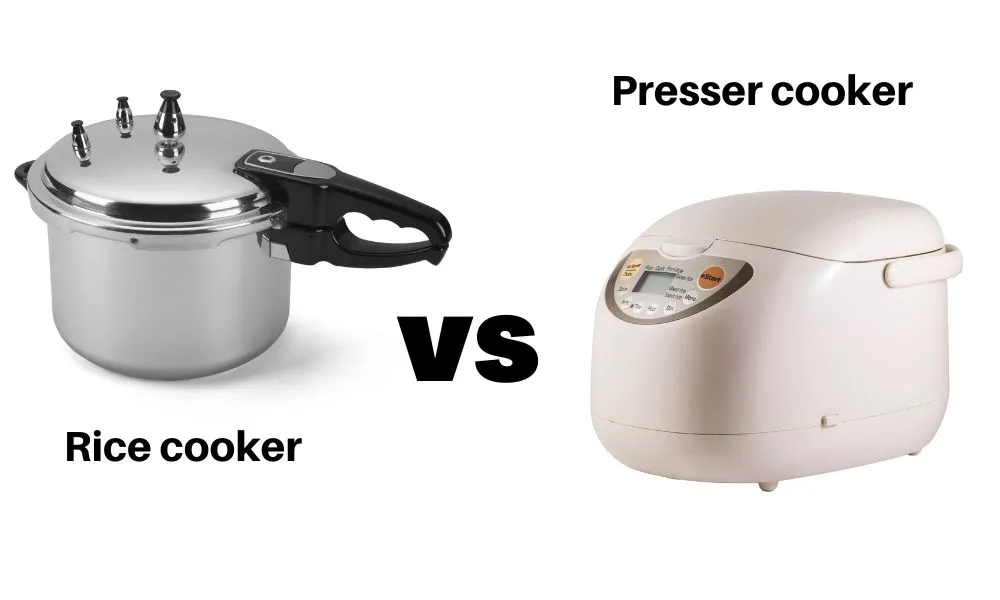A pool light is a light fixture that is installed in a swimming pool, typically in the deepest end. The light emits a bright, white light that illuminates the entire pool and makes it safe to swim at night. Pool lights are wired to a dedicated circuit that is separate from the home’s electrical system. This is done to prevent the risk of electrocution should the light come into contact with water. Read our article to learn how are pool lights wired.
Table of Content
The Basics: How are pool lights wired?
If your home has a swimming pool, there’s a good chance it has at least one light. Most pools have two lights: one near the deep end and one near the shallow end. Some pools also have lights on the steps leading into the pool. Pool lights make it easier to see the bottom of the pool and make your pool look more inviting at night.
But how are these lights wired? Most pool lights are 120-volt lights, which means they need to be connected to a circuit that provides 120 volts of power. The circuit can be either a dedicated circuit or a circuit that also powers other things in your home.
If you have a dedicated circuit for your pool lights, it will most likely be located in your main electrical panel. This is the large box that contains all the circuits for your home’s electrical system.
Different Types of Lights
There are many different types of lights for pools. The three most common are incandescent, halogen, and LED. Each type has its own benefits and drawbacks.
Incandescent Pool light
An incandescent pool light is a type of swimming pool light that works by heating a filament inside a bulb until it glows and emits light. This technology is older and less energy-efficient compared to newer pool lighting technologies such as LED lights.
Halogen Pool light
A halogen pool light is a type of swimming pool light that works by passing an electric current through a tungsten filament encased in a small quartz capsule filled with halogen gas, such as iodine or bromine. This technology is a bit more energy-efficient than traditional incandescent pool lights, but still not as efficient as newer pool lighting technologies like LED lights.
LED Pool light
An LED pool light is a type of swimming pool light that uses Light Emitting Diode (LED) technology to produce bright, energy-efficient light. LED pool lights are designed to use significantly less energy than traditional incandescent or halogen pool lights and have a longer lifespan. LED pool lights are available in a range of colors and can be controlled using various lighting effects, making them a popular choice for many pool owners.
Each type of light is wired differently. Incandescent lights use a standard 110-volt wire. Halogen lights use a 12-volt wire. LED lights use a 24-volt wire.
Steps of wiring a pool light
Step 1: Turn off the power to the circuit
Before beginning any work on electrical wiring, it is important to turn off the power to the circuit. This can be done by flipping the breaker switch at the main electrical panel. Once the power is off, you can begin disconnecting the old light fixture.
Step 2: Cut a hole in the liner for the light
First, make sure that you have the right size hole saw for the light. If the hole is too small, the light will not fit properly. If the hole is too large, water could leak into the pool.
Second, when cutting the hole, be careful not to damage the liner. Use a sharp knife and make sure that you cut straight down.
Third, once you have cut the hole, test fit the light to make sure it fits properly. If it does not fit snugly, use silicone sealant to seal any gaps. Finally, connect the wires from the light to your pool’s electrical system.
Step 3: Attach the light to the wall of the pool
attach the light to the wall of the pool using screws or bolts
Step 4: Connect the wires to the junction box
If you have a concrete pool, you will need to install a junction box before attaching your pool light. This is because the light needs to be grounded and the junction box will provide the necessary grounding. To install the junction box, simply drill a hole in the concrete and insert the box.
Step 5: Test the light
After a long day of swimming and playing in the sun, it’s important to test the pool lights before getting out. Here’s how:
1. Turn off all the lights in the pool area so you can see the light clearly.
2. Get into the water and swim to the deep end of the pool.
3. Look up at the light and make sure it’s shining brightly. If it looks dim, it may need to be replaced.
4. Swim back to the shallow end and get out of the pool.
5. Turn on all the other lights in the pool area and make sure they’re working properly too.
6. Once you’re done testing, be sure to turn off all the lights before leaving the pool area!
Switches: how do switches work with pool lights?
Electrical switches for pool lights are simple devices that control the flow of electricity to the light. They work by breaking the circuit that powers the light, which prevents electricity from flowing to the light. Most switches are operated manually, but some are controlled by timers or sensors.
Switches come in a variety of shapes and sizes, but most share a few common parts. The body of the switch contains the mechanism that opens and closes the circuit. The contacts are the parts of the switch that touch each other to complete the circuit. And finally, the actuator is what activates the switch, usually by being pushed or flipped.
When a switch is turned on, its contacts close and allow electricity to flow through. When a switch is turned off, its contacts open and break the circuit, preventing electricity from flowing.
Timers: how do timers work with pool lights?
Pool light timers are devices that are used to control the amount of time that a pool light is turned on. There are two main types of pool light timers: mechanical and electronic.
Mechanical pool light timers use a spring-loaded mechanism to turn the pool light on and off at predetermined intervals. The interval is set by adjusting the amount of tension on the spring.
Electronic pool light timers use a timer chip to turn the pool light on and off at predetermined intervals. The interval is set by programming the timer chip.
Both types of pool light timers are available in a variety of models, each with its own features and benefits.
Final Thought
Pool lights are wired in a very specific way. This ensures that the light is able to function properly and safely. It is important to follow the instructions carefully when wiring pool lights. Failure to do so could result in serious injury or even death.



